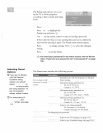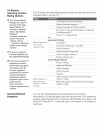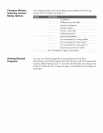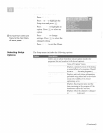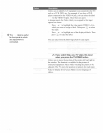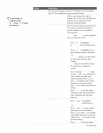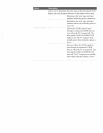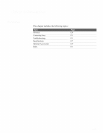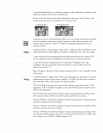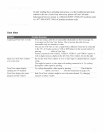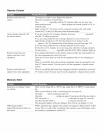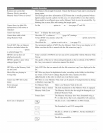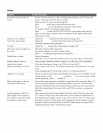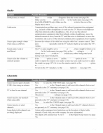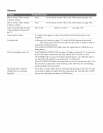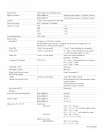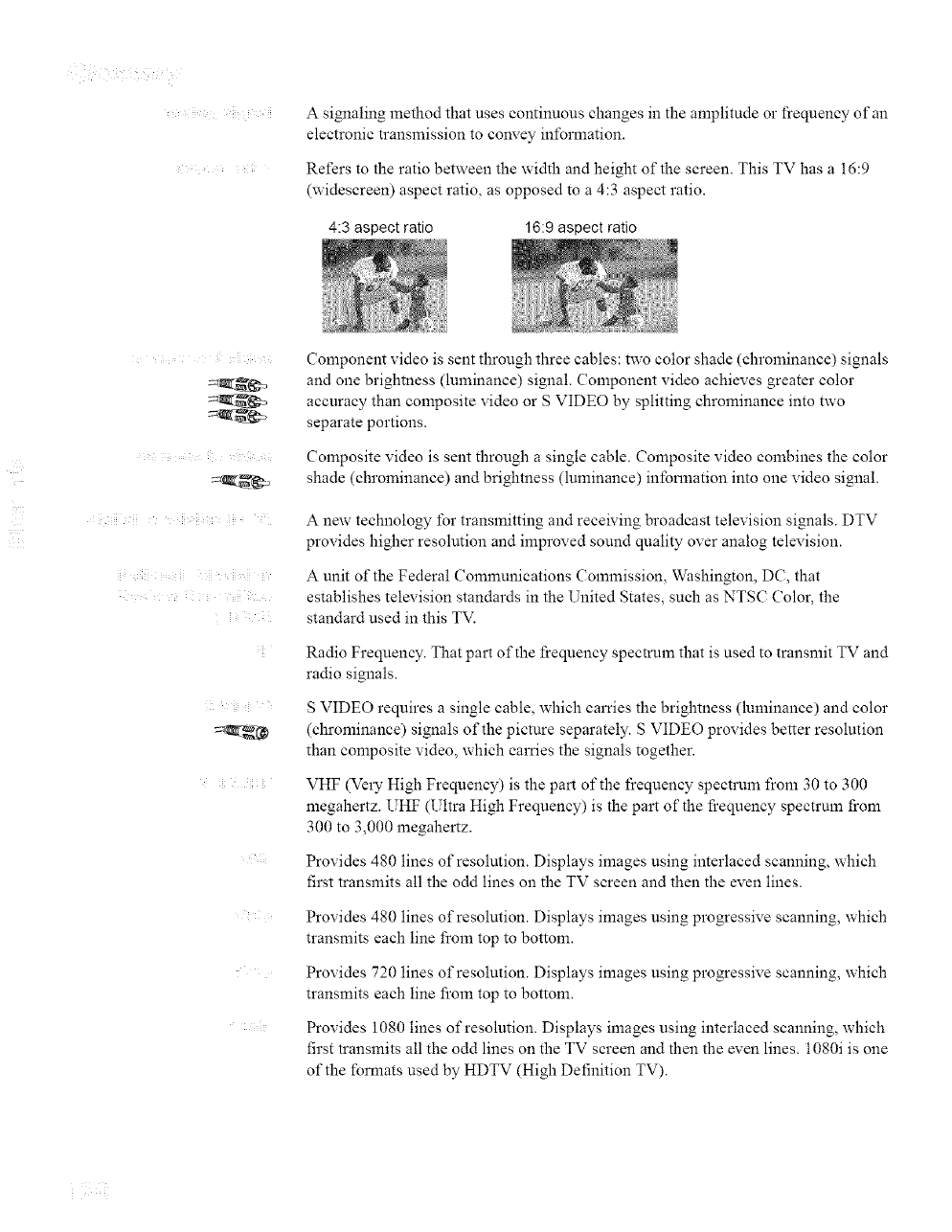
Asignalingmethodthatusescontinuouschangesintheamplitudeorfrequencyofan
electronictransmissiontoconveyinformation.
Referstotheratiobetweenthewidthandheightofthescreen.ThisTVhasa16:9
(widescreen)aspectratio,asopposedtoa4:3aspectratio.
4:3 aspect ratio 16:9 aspect ratio
Component video is sent through three cables: two color shade (ehrominance) signals
and one brighmess (luminance) signal. Component video achieves greater color
accuracy than composite video or S VIDEO by splitting chrominanee into two
separate portions.
Composite video is sent through a single cable. Composite video combines the color
shade (chrominance) and brightness (luminance) inlbnnation into one video signal.
A new technology for transmitting and receiving broadcast television signals. DTV
provides higher resolution and improved sound quality over analog television.
A unit of the Federal Communications Commissiom Washington, DC, that
establishes television standards in the United States, such as NTSC Color, the
standard used in this TV.
Radio Frequency. That part of the frequency spectrum that is used to transmit TV and
radio signals.
S VIDEO requires a single cable, which carries the brightness (luminance) and color
(chrominance) signals of the picture separately. S VIDEO provides better resolution
than composite video, which carries the signals together.
VHF (Very High Frequency) is the part of the frequency spectrum from 30 to 300
T T
megahertz. LHF (Lltra High Frequency) is the part of the fi'equency spectrum from
300 to 3,000 megahertz.
Provides 480 lines of resolution. Displays images using interlaced scanning, which
first transmits all the odd lines on the TV screen and then the even lines.
Provides 480 lines of resolution. Displays images using progressive scanning, which
transmits each line from top to bottom.
Provides 720 lines of resolution. Displays images using progressive scanning, which
transmits each line from top to bottom.
Provides 1080 lines of resolution. Displays images using interlaced scanning, which
first transmits all the odd lines on the TV screen and then the even lines, i080i is one
of the formats used by HDTV (High Definition TV).



